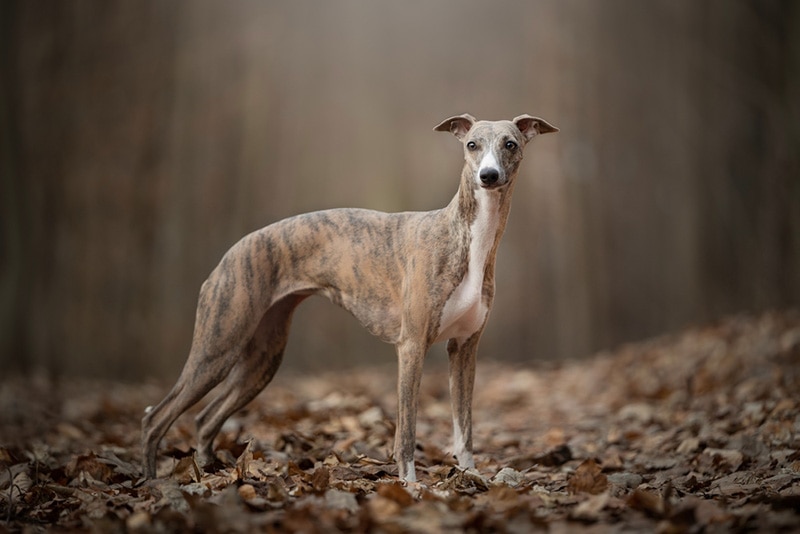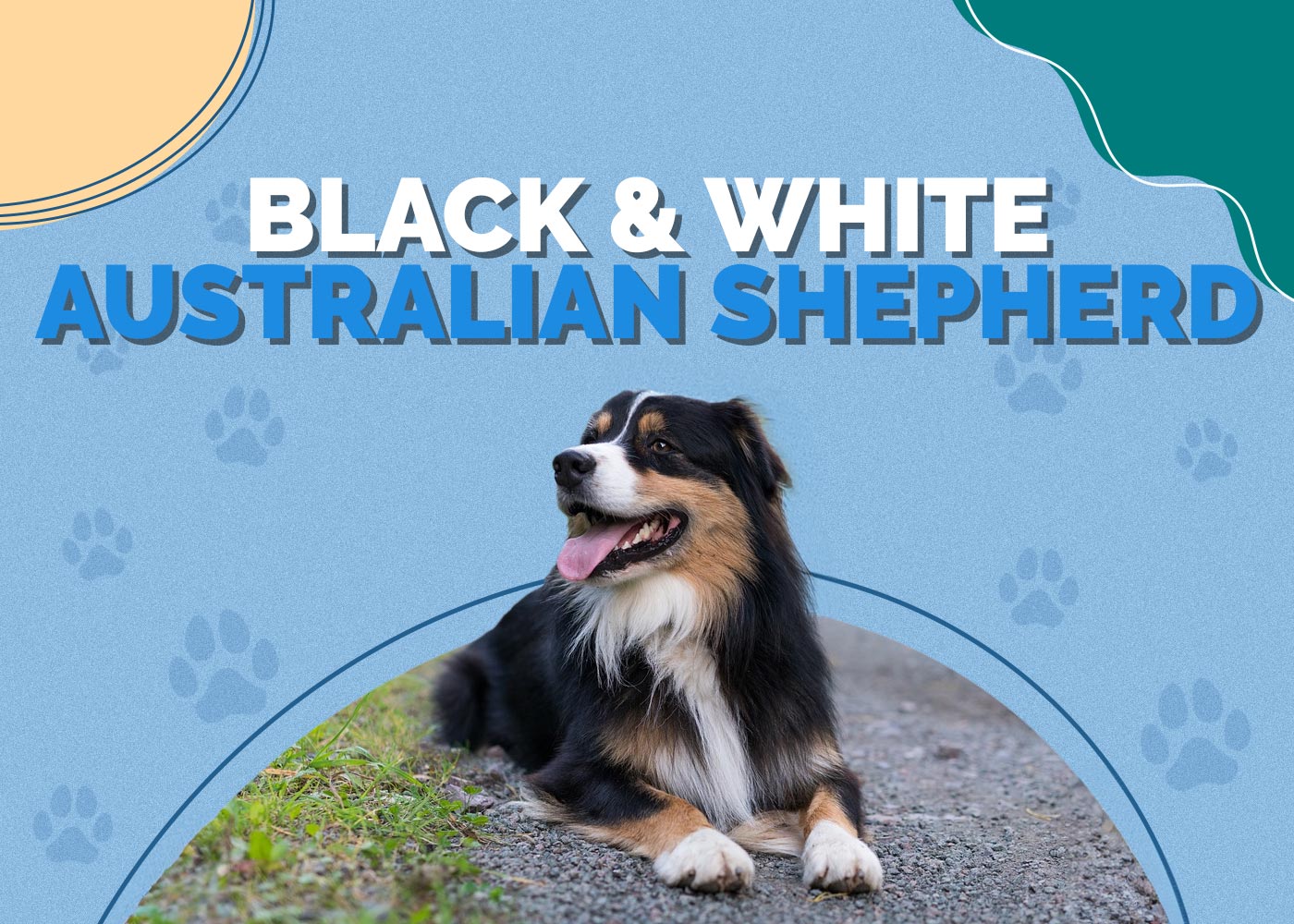12 Great Pyrenees Pros & Cons You Should Know

Updated on
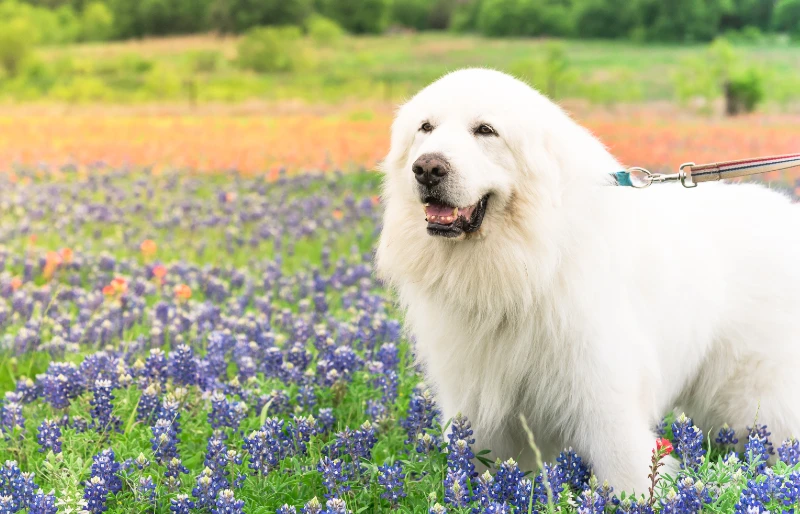
So, you’re considering bringing a Great Pyrenees into your life—excellent choice! This awe-inspiring dog has a personality that’s as grand as its name suggests. But like any breed, there are both pros and cons that you need to be aware of.
If you’re considering adopting a Great Pyrenees, this guide will help you make the right decision.
The 5 Great Pyrenees Pros
1. They Are the Ultimate Protector
If you have horses, sheep, chickens, or other farm animals in need of a guardian, the Great Pyrenees will go above and beyond. These dogs have an innate ability to protect, showcasing a loyalty that’s nothing short of remarkable.
If you own a farm, this four-legged sentinel might just be the best investment you didn’t know you needed. Be prepared for some educational sessions, though. Your Great Pyrenees will need to understand the difference between friend and foe. But with proper training and love, you’ll find this breed to be an irresistible force.
2. Great Pyrenees Are Rugged
Big dogs can certainly have some drawbacks, which we will get to shortly. But if you’re captivated by size and presence, the Great Pyrenees is quite the showstopper. This dog can weigh up to 160 pounds and comes draped in a luxurious white coat.
While they might not roar, their imposing size alone can serve as a deterrent to any unwelcome guests. However, this bulk means they’ll also need ample space to lounge and live. But if you’ve got the room, the Great Pyrenees has a lot to offer, as you’ll soon learn.
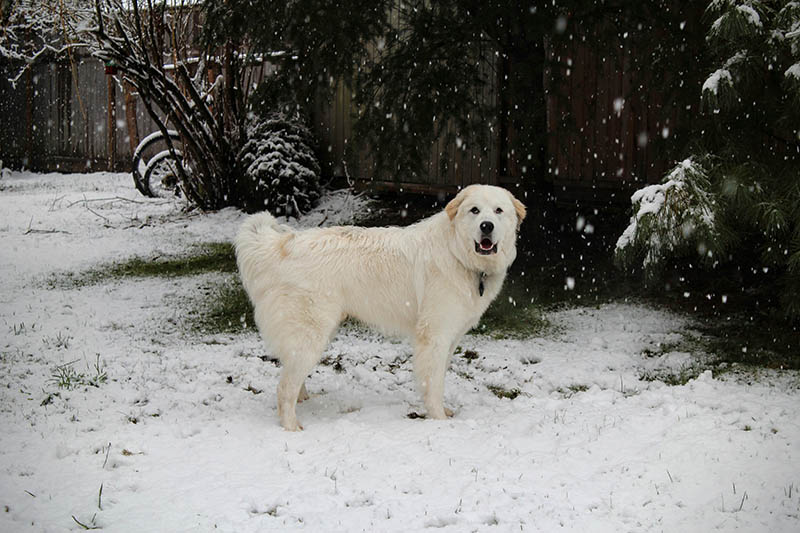
3. They Have Diverse Temperaments
The beauty of the Great Pyrenees lies in its adaptability. Their temperament can span a broad spectrum—right from having strong territorial instincts to an almost lackadaisical attitude toward life. Starting from puppyhood, positive reinforcement and consistent training will play a significant role in how your dog eventually turns out.
Different family dynamics may elicit varying behaviors in the same breed. With Great Pyrenees, you have a chance to sculpt a personality that aligns well with your lifestyle, whether that’s a vigilant guardian of your estate or a relaxed companion content lounging by your side.
4. Pyrs Are Serious and Steady Companions
Are you tired of dogs that jump, yap, and practically do backflips when someone rings the doorbell? The Great Pyrenees is just the opposite. It’s a canine paragon of poise and composure. But don’t mistake this seriousness for aloofness. When it comes to protecting their family or territory, they’re all business.
Their focus is laser-sharp, and their judgment is usually spot-on. You won’t find them wagging their tails frivolously. Instead, they save their energy for moments that truly count. Again, this is where early training reflects its worth. Lessons on strategy and restraint prove to be both effective and beneficial later in life.
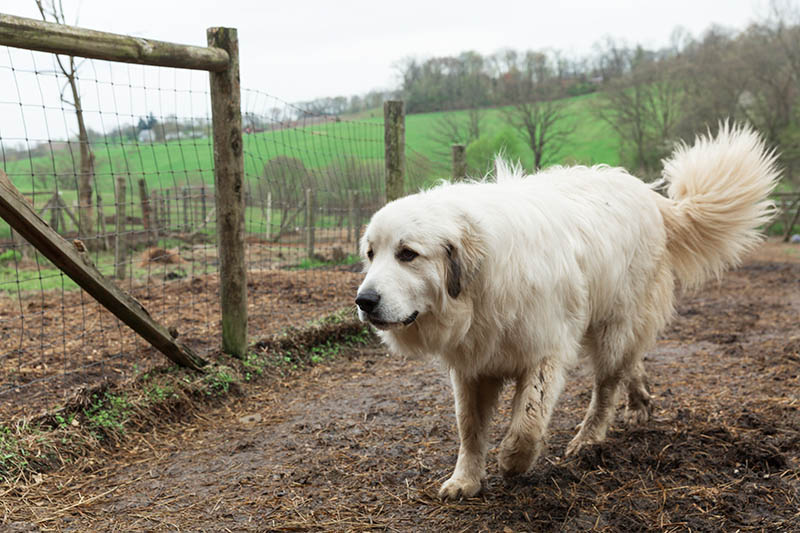
5. They Can Adapt to Indoor Life
While many dogs turn your living room into a playground, the Great Pyrenees takes a more subdued approach to indoor life. Their mellow behavior is particularly surprising given their large size; one would assume that a big dog equals big energy. But no, they’re more than happy to recline and watch the world go by.
However, even the most introverted among us need some social interaction, and the same goes for this breed. Scheduled walks and mental stimulation through puzzles or toys can keep them content, ensuring that their inner peace translates to a peaceful home for you.
The 7 Great Pyrenees Cons
6. They Take Up a Lot of Space
The majesty of the Great Pyrenees is inextricably linked to its imposing size, but let’s be honest: this dog takes up that much more space. Think about your living room, for instance. This breed doesn’t just lounge; they practically colonize the couch. Likewise, car trips can turn into a logistical conundrum.
You’ll have to account for a massive furry passenger who doesn’t fold easily into compact spaces. If you’re working with limited square footage or a smaller vehicle, adding a Great Pyrenees to the equation will force you to reassess your spatial configurations.
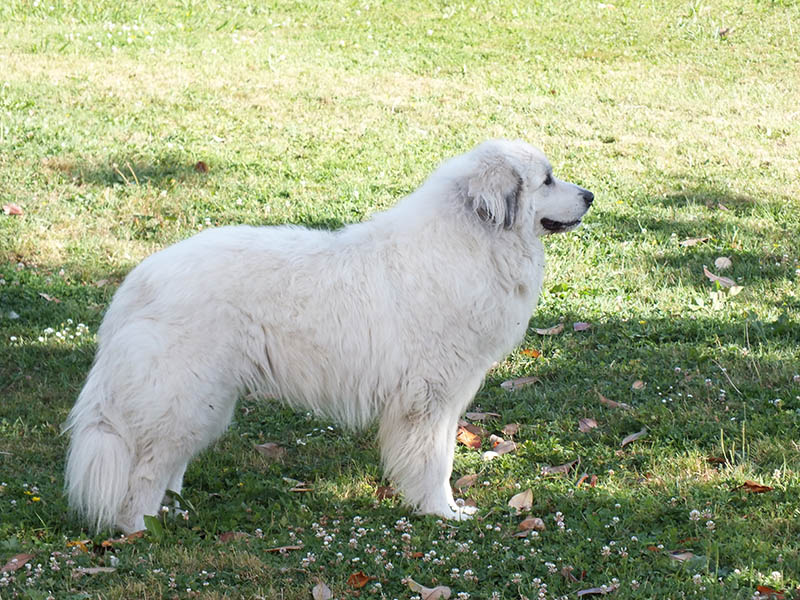
7. They Can Be Destructive
What’s worse than a dog that’s destructive when it’s bored? A BIG dog that’s destructive when it’s bored! A bored Great Pyrenees has a penchant for destroyed furniture and torn upholstery. Indeed, boredom does not sit well with these guys; they express their weariness through creative endeavors that might not align with your home aesthetics
And forget about using basic toys to divert their attention; they need substantial mental and physical stimulation. Treat-dispensing toys, long walks, and interactive playtime can serve as constructive outlets for their energy. In most cases, preventative measures are your best option with this breed.
8. They Have Selective Friendliness
One minute, your Great Pyrenees is the doting caretaker of your family pets; the next, they’re treating the neighbor’s cat like it’s their arch-nemesis. Truly, this breed can show an unmistakable bias when it comes to animals outside their immediate family circle. As you can imagine, this can be a major source of contention.
Early socialization can mitigate some of these tendencies, sure, but their protective nature is still hardwired. So be prepared to invest in a robust training regimen and perhaps keep them on a leash during walks to prevent any unscheduled “confrontations.”

9. They’re Not for the Timid
The Great Pyrenees is not a canine for the weak of heart. This breed comes with a strong personality that seeks an equally strong owner. Moreover, this isn’t a pup who’ll follow you blindly; you need to establish yourself as the leader of the pack. They respond best to assertive leadership, clear boundaries, and consistent training.
Hesitancy or uncertainty in commands can make it difficult to manage this breed. You must present yourself as an authoritative figure right from the start. Opt for obedience training and socialization classes to help create a balanced relationship between you and your dog.
10. They’re Escape Artists
Tall and secure fences are an absolute must for this breed. These pups have a penchant for exploration; without proper barriers, they’re likely to wander and potentially get themselves into less-than-ideal situations. Chasing the neighbor’s cat is one thing. But there’s a world of scenarios that could unfold.
Potential dangers include traffic, unfriendly animals, or becoming lost. Therefore, secure, high fencing is a non-negotiable feature for your home. GPS collars are another practical option for keeping tabs on your dog’s whereabouts. If you don’t already have a fenced-in yard or it’s just not feasible to create one, this might not be the breed for you.
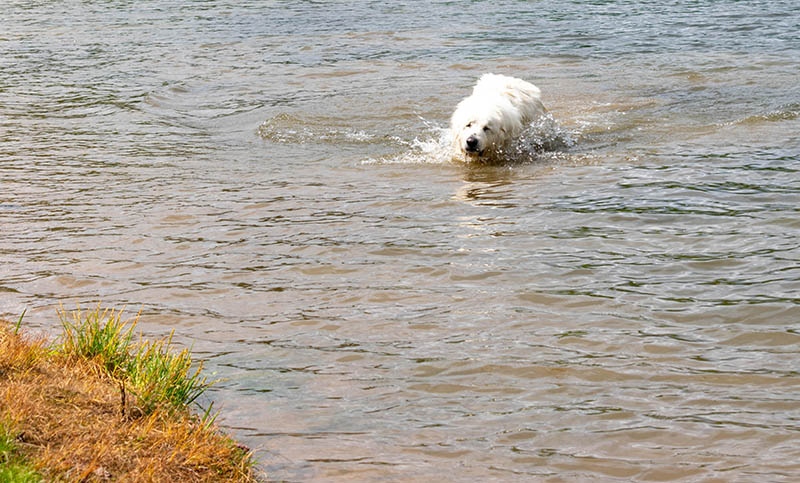
11. They’re Loud
The Great Pyrenees takes the security gig seriously, and that includes a vocal alarm system that rivals any home security device. Their deep, booming barks are designed to intimidate potential threats but might also intimidate your neighbors or frighten younger family members. It can’t be argued that it’s not an effective alert system. It most certainly is.
But that also means you’ll need to be prepared for potential noise complaints. Consider this aspect seriously if you live in densely populated areas or if you have family members who need their beauty sleep uninterrupted by canine alarm bells.
12. They’re Massive Shedders
When it comes to shedding, the Great Pyrenees is an overachiever. We’re talking about the kind of shedding that makes you wonder how there’s any fur left on the dog! Frequent grooming isn’t just recommended; it’s essential for keeping your home and your dog looking presentable.
A dedicated grooming regimen is vital to remove loose fur and minimize its drift across your home. Pet allergies? A Great Pyrenees might test your limits. Here’s what it all boils down to: if you’re unwilling to engage in regular grooming and extensive vacuuming, this breed might not be your perfect match.
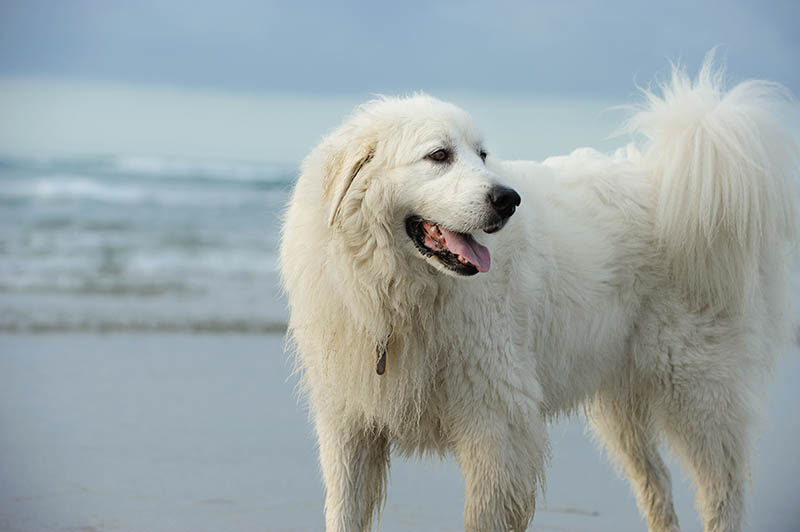
Tips to Keep Your Great Pyrenees Healthy and Happy
Owning a Great Pyrenees isn’t just about enjoying their fluffy companionship; it’s also about taking responsibility for their well-being. Keeping your dog healthy isn’t rocket science, but it does require attention to detail. Here’s how you can ensure your furry friend stays in tip-top shape.
Routine Care and Scheduled Visits
Veterinary checkups are the backbone of pet health. Be diligent about following the schedule for examinations and vaccinations. Such visits are crucial for the early detection of diseases and conditions that the Great Pyrenees are prone to.
On that note, always be vigilant for abnormal signs. A sudden change in behavior, eating habits, or physical appearance might be a red flag. Consult your vet immediately to ensure that minor issues don’t escalate into serious problems.
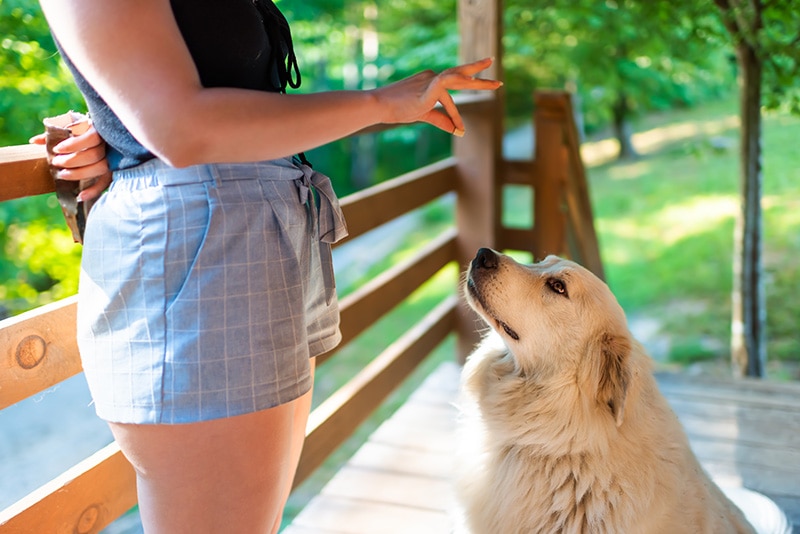
Dietary Management
Food is more than fuel; it’s the key to long-term health. Stick to a high-quality diet appropriate for your dog’s age and lifestyle. And no matter how cute those eyes get, avoid feeding them human food—it upsets the nutritional balance and can lead to weight issues.
Grooming
Brushing isn’t just for keeping your dog pretty; it’s also essential for their skin health. Remember, regular brushing is a year-round activity for this breed, as it sheds A LOT. If you’re looking for a deeper dive into Great Pyrenees shedding habits, check out our Hepper team’s in-depth blog.
Another often-overlooked aspect of grooming is ear care, which truly deserves more attention. Cleaning your dog’s ears weekly can prevent infections and further complications. If it’s too daunting a task for you, your vet can guide you through the process.

Home Supervision
Just like toddlers, Great Pyrenees are curious and will put almost anything in their mouths. Keeping doors closed and blocking off rooms can save you from an unplanned visit to the vet. It’s the little precautions that make a big difference.
If you really want to curb such behavior, make sure you’re giving your pup plenty of exercise, as it will help burn off pent-up energy. Tailor the level of physical activity to your dog’s age and health and be mindful not to overexert young or elderly dogs.
By integrating these practices into your care routine, you’re not just improving your dog’s quality of life—you’re extending it!
Final Thoughts
The Great Pyrenees is a package deal—loyalty, size, and a dash of complexity included. Your readiness to embrace both their charms and challenges will be the deciding factor. Ready for the commitment? Then you might just find the ultimate loyal companion. On the fence? Then, maybe it’s time for some more dogged deliberation.
Featured Image Credit: Trong Nguyen, Shutterstock



